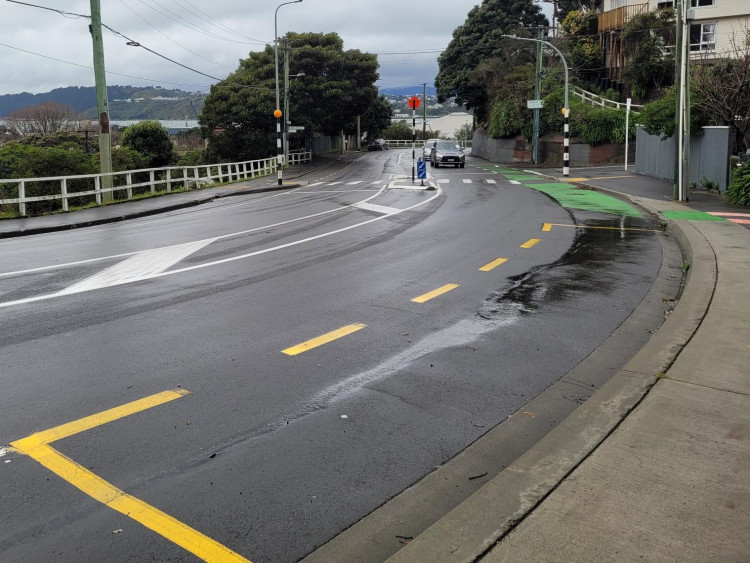The layout of streets and footpaths can help or hinder access to bus stops. Bus stops should be within a comfortable walking distance from people’s origins and destinations.
Locate bus stops where they:
If there are no existing paths, investigate the feasibility of creating new pedestrian short-cuts to bus stops.
Look for opportunities to link public transport with the wider pedestrian and cycling network.
For more information about the importance of people being able to get to and from a bus stop, see:
PTDG: Getting to and from public transport
Additional guidance related to planning and design for walking and cycling infrastructure is available in the following guidance:
Ideally, a crossing facility will always be close to the bus stop (for example, within 50m) to support safer access to the stop. If people experience discomfort when crossing the road, fewer people within the catchment may be willing to use public transport at that stop.
The crossing could be a:
All crossings must be designed to operate so vehicles are encouraged to approach the crossing at a speed that will not lead to a death or serious injury should they and pedestrians collide.
It is preferable for crossings to be located so that pedestrians will cross behind the bus stop in both directions. This is a safer location for pedestrians and more operationally efficient for the buses.

A zebra crossing located behind a bus stop encourages people to cross behind the bus. (Source: Lorelei Schmitt)
Given the cost of installing a crossing as well as a new bus stop, it may be more cost–efficient to locate the stops near an existing crossing.
Assess crossing frequency and quality on a case-by-case basis, depending on the many different variables. The Pedestrian Network Guidance provides advice on a process for selecting crossings which includes contextual considerations and a flowchart to identify suitable crossing types. It also describes how the Austroads Pedestrian Facility Selection Tool can be applied within this process. This advice will help practitioners select the most appropriate type of crossing based on walkability, safety and economic outcomes.
Pedestrian Network Guidance: Crossing selection process
Australasian Pedestrian Facility Selection Tool(external link)
Australasian Pedestrian Facility Selection Tool User Guide(external link)
An at-grade crossing is a crossing which is at the same level as the road.
At-grade crossings provide a more direct means of access for people walking or cycling than grade-separated solutions (where bridges or underpasses are used to separate pedestrians from motor vehicles). An international study of bus rapid transit corridors across several countries found that grade-separated crossings (bridges) on arterials are not associated with any statistically significant safety benefits. This is because some people will still cross at ground level when a safe at-grade crossing has not been provided.
Traffic Safety on Bus Priority Systems(external link)
Design at-grade crossings on a case-by-case basis, considering:
To support Safe System outcomes at-grade crossing facilities should:
If bus stops are to be located on high traffic, multi-lane or high-speed roads where safe at-grade crossings are not practicable, consider a grade-separated crossing such as an overbridge or underpass.
A grade-separated crossing may increase a pedestrian’s journey length (or perception of walking distance) relative to crossing the road at-grade or be associated with inadequate personal security, will can discourage walking to a bus stop and people choosing to cross at-grade where no safe place to do so is provided.
Grade-separated crossings are likely to be appropriate only:
Consider the length of the accessible route using the crossing.
A grade separated crossing, should include a ramp to make it accessible to a wider group of users.
Given the cost of building a new grade-separated crossing, you may need to consider locating bus stops closer to an existing at-grade crossing.